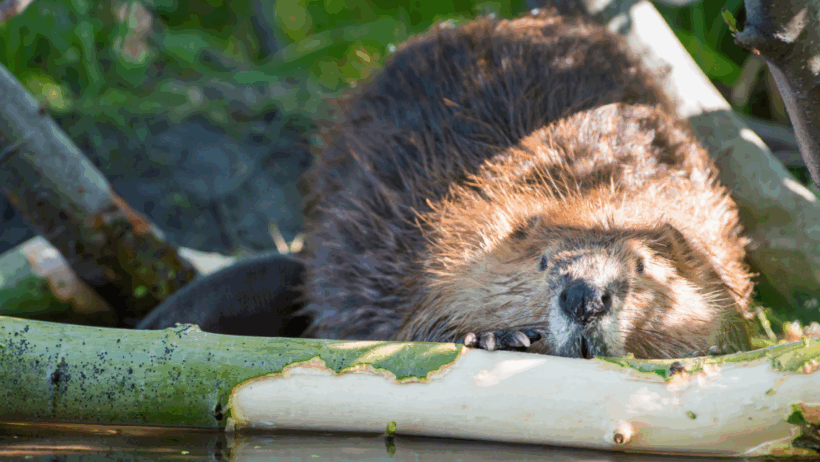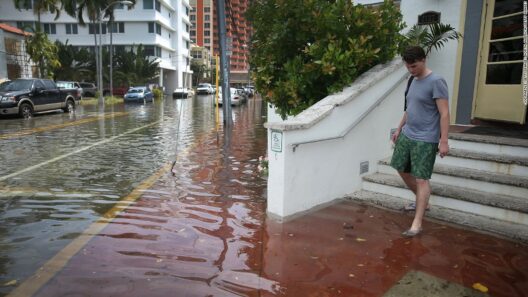When was the last time you paused to appreciate the presence of trees? Perhaps you passed by a sprawling oak, admired the delicate leaves of a birch, or stood under the shade of a mighty redwood. Trees are not just aesthetic components of our landscape; they are vital titans in the battle against global warming. In the face of climate change, understanding the profound role of trees in our ecosystem is essential. But what if we could harness their incredible powers more effectively? This notion poses an intriguing challenge: how can we engage more communities in planting and preserving trees to maximize their environmental benefits?
Trees act as natural carbon sinks, absorbing carbon dioxide and releasing oxygen through the process of photosynthesis. This simple yet profound mechanism anchors them as formidable allies against the perils of climate change. It is estimated that a mature tree can absorb anywhere from 22 to 48 pounds of carbon dioxide per year. Think of the cumulative effect: a single city with a million trees could sequester a staggering 11,000 to 22,000 tons of carbon dioxide annually. As greenhouse gas concentrations rise (with CO2 being a significant contributor), nurturing our green companions becomes increasingly urgent.
Moreover, trees mitigate the heat island effect prevalent in urban areas. Cities, with their concrete and asphalt jungles, often experience significantly higher temperatures than surrounding rural areas. By providing shade and releasing moisture through transpiration, trees lower ambient temperatures, creating more comfortable urban environments. This cooling effect can also reduce the need for air conditioning, significantly lowering energy consumption and greenhouse gas emissions. It’s a fascinating cycle: cooler cities require less energy, which leads to fewer emissions, which leads to healthier air quality.
In addition to cooling our neighborhoods, trees play a crucial role in promoting biodiversity. Forests are home to approximately 80% of the terrestrial species of animals, plants, and fungi. By planting trees, we not only create habitats for countless species but also foster resilience in ecosystems that can enhance their ability to adapt to climate fluctuations. Just imagine the vibrant soundscape of chirping birds and rustling leaves, indicative of thriving pollinators and wildlife, as we rekindle a commitment to preserving and expanding tree cover.
Water conservation is another gift bestowed by our leafy allies. Tree roots help with water retention, reducing runoff and erosion. By increasing the permeability of the soil, they can recharge aquifers, crucial for ensuring clean and available drinking water. In times of drought, trees become lifelines, providing moisture and stability to the ecosystems around them. What would happen if communities prioritized planting native trees that are adapted to local climates? The answer lies in the resilience that can emerge from a diverse urban forest.
However, our relationship with trees has not always been beneficial. Deforestation, driven by urban expansion, agriculture, and industrial activities, poses a significant threat to our planet. The World Resources Institute reports that over 1 billion hectares of forest have been lost since 1990. This alarming statistic emphasizes that if we are to leverage the benefits of trees in combating climate change, we must not only plant new ones but also protect and restore existing forests. How do we actively reverse deforestation while promoting sustainable development practices?
One key strategy involves fostering community engagement in tree planting initiatives. Local governments, schools, nonprofits, and individuals must collaborate to spearhead comprehensive tree-planting campaigns. Programs such as “Adopt-a-Tree” encourage residents to take responsibility for the upkeep of urban trees, ensuring their vitality for generations to come. This grassroots movement can restore a sense of ownership, transforming communities into greener, more sustainable spaces.
Schools can play a prominent role in cultivating a love for trees among the younger generation. Educational programs that emphasize the ecological importance of trees can inspire students to become environmental stewards. Incorporating tree planting into science curricula not only teaches students about biodiversity but also instills a sense of accomplishment. Imagine children planting saplings alongside their peers, witnessing as their efforts contribute to a healthier globe.
Furthermore, businesses have a unique opportunity to foster a culture of sustainability. Corporations can adopt corporate social responsibility programs that integrate tree planting into their long-term strategies. By sponsoring tree-planting initiatives, they not only contribute positive ecological impacts but also establish a rapport with environmentally conscious consumers. This dual benefit is an opportunity too compelling to overlook.
Technology, too, can pave the way for sophisticated tree conservation methodologies. For instance, drone technology can aid in identifying areas that require reforestation and monitoring the growth and health of planted trees. Likewise, apps that connect volunteers with local planting opportunities create an engaging platform to enhance participation. By embracing innovation, we can develop a more efficient approach to tree planting and conservation.
The journey towards leveraging the full potential of trees in mitigating global warming is intricate yet rewarding. It requires a multi-faceted approach, involving communities, educational institutions, corporations, and advances in technology. Ultimately, the challenge remains: how do we engage individuals and societies to cherish and protect our arboreal friends? With the power of collaborative efforts, creative solutions, and a collective dedication to sustainability, we have every potential to flourish alongside our greatest allies in the fight against climate change. It starts with a single seed, and with every tree planted, we are a step closer to securing a healthier planet for future generations.








